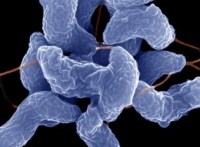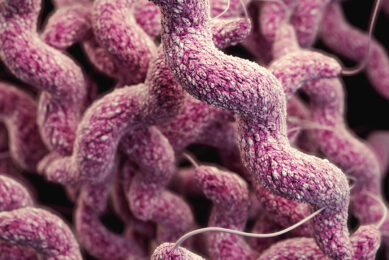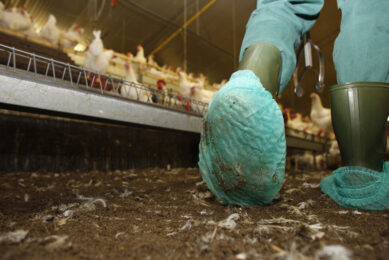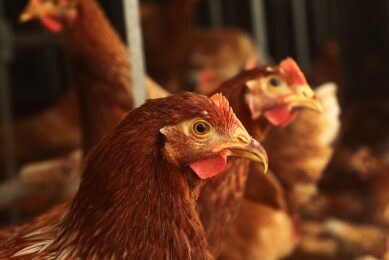EFSA evaluates Campylobacter in chicken

EFSA has published an evaluation of factors that may contribute to the spread of Campylobacter in live chickens and chicken carcasses in the European Union.
The scientific report follows the publication of the first EU-wide survey carried out by Member States on the occurrence of this bacterium in chickens and their carcasses. The findings will be utilised by risk assessors to further investigate the role of chicken meat in human campylobacteriosis. It will also help inform the definition of possible control options by risk managers at Member States and EU level.
Factors for consideration
EFSA highlights a series of factors for consideration in designing national Campylobacter control measures or programmes for chickens and chicken meat. EFSA recommends that control programmes be based on an integrated approach that addresses both the chicken farms and the slaughter process. Further studies at national level could also allow better identification of risk factors for Campylobacter infections in each country.
In the report, EFSA states that batches of chickens infected with Campylobacter are 30 times more likely to produce carcasses contaminated with Campylobacter and that infected batches are also more likely to produce carcasses with higher numbers of Campylobacter on them. The report specifies however, that contaminated carcasses could also derive from non-infected batches of chickens, implying possible cross-contamination in the slaughterhouse.
Contamination of carcasses
The report notes that the risk of contamination of carcasses with Campylobacter varied significantly between countries and between slaughterhouses within the same country, and so did the quantity of Campylobacter found on the single carcasses. This indicates that some slaughterhouses are more capable of controlling Campylobacter than others.
Other factors were also found to be linked to an increased risk of contamination of carcasses. These are in particular the age of the slaughtered chickens; some specific periods of the year when the chickens are slaughtered – with a contamination peak between July and September; – and the time of the day when carcasses are processed; – with a higher risk of contamination later in the day.
Depopulation or “thinning” practices in chicken flocks also emerged as a factor increasing the likelihood of infection. These practices consist in selecting within a flock a certain number of chickens to be sent to slaughter, while leaving the rest to continue growing. It is believed that during these practices humans or other vectors may introduce Campylobacter and infect the remaining chickens.













